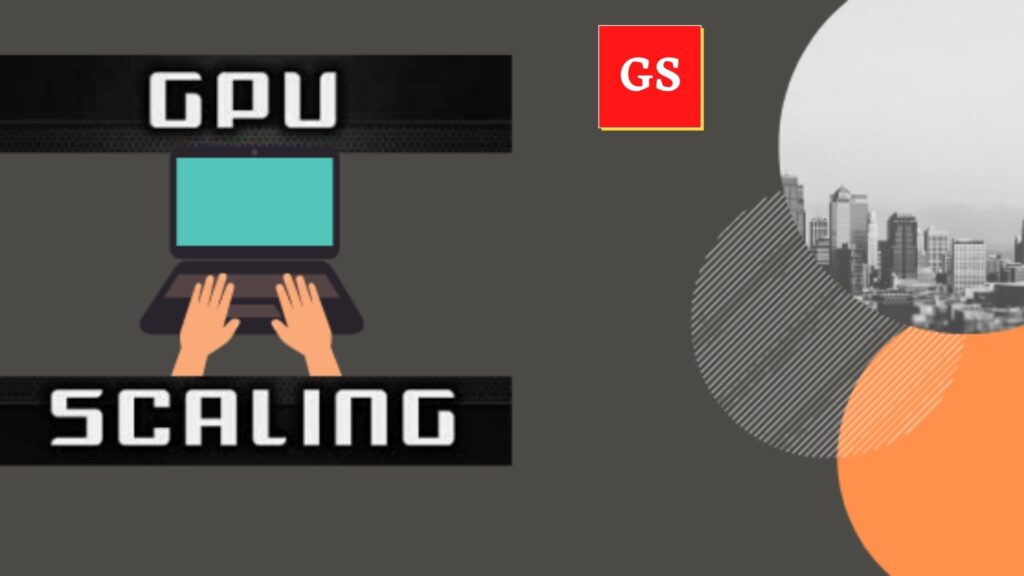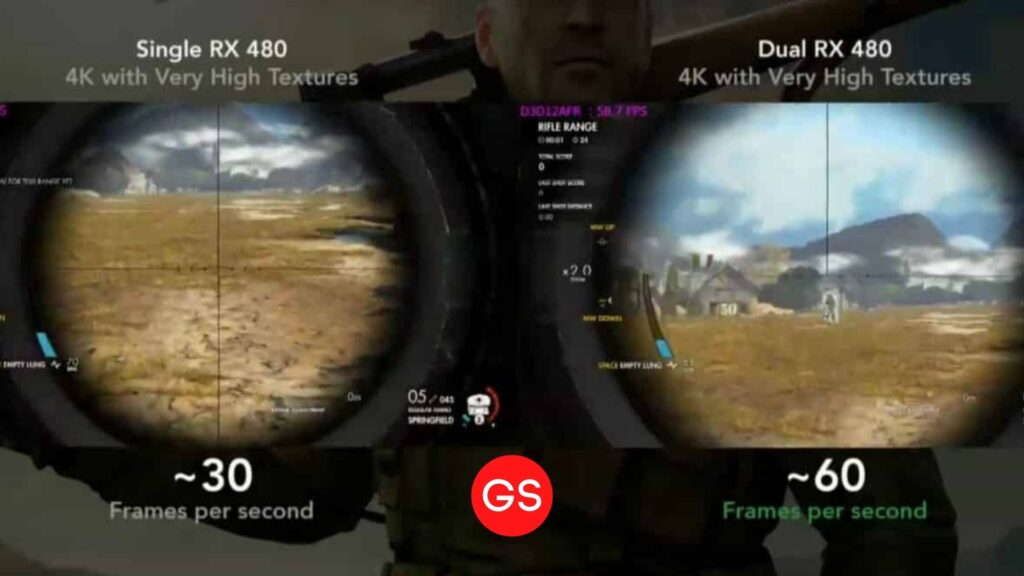Welcome gamers from all over the world; I will walk you through the process of how to turn on your GPU scaling through your AMD Catalyst control center, so from your desktop, right-click and click on the AMD.
GPU scaling is an option that allows you to adjust the game’s aspect ratio according to your monitor’s resolution to produce high-quality image output on-screen. Catalyst control center this should open up the AMD Catalyst control center window; from there, click on my digital flat panels to open up a new set of options; click on properties.
If you want to turn on your GPU scaling, check the checkbox here and choose your preferred scaling method from here before you click on the apply button if you want to turn off your GPU scaling uncheck that and hit the apply button now, it should apply the changes right after clicking on the apply button you can have this confirmed if both the discard and the apply button are greyed out turning your GPU scaling is as simple as that.
Table of Contents
Do You Need GPU Scaling?
If you are into indie or early games that run in 5:4 or 4:3 aspect ratio or applications that run in before-mentioned aspect ratios, its overall graphics output will show lower or pixelated images on a 16:9 or 16:10 screen. This is where GPU scaling comes into work.
They iron out the predicaments to make them look immeasurable on widescreen monitors and displays.
3 Types of GPU Scaling Modes:-
If you are to adjust your GPU scaling via AMD Catalyst or AMD Radeon Graphics, there will be 3 modes you can choose from:
⦁ Maintain Aspect Ratio
⦁ Scale Image to Full Panel Size
⦁ Use Centered Trimmings
Maintain Aspect Ratio allows you to undergo the game on full screen without remodeling the aspect ratio as you scale the graphics up. The excess background will be packed with black bars or a preparation exemplar.
Scale Image to Full Panel Size is an opening to stretch the image to fit the screen. This customarily shows low image output and bad graphics output since the earlier aspect ratio is not followed.
Use Centered Trimmings adapts the scaling off by installing the image’s unique screen resolution in the display center. A background ornament or black bars have dwelled around the image.
GPU Scaling Impact on input lag:
Scaling the GPU adds a short more input lag for additional processing. This is usually just a moment and cannot be sensed by video, but it matures ostensibly when you play a game. Game monitors used for contentious games should have the most diminutive achievable input lag. Therefore, you need to conclude whether GPU scaling is estimable in this look.
8 old cores vs 4 new cores
I unboxed a few days ago; now I revisited amd’s ryzen 7 1700 and found that the three-year-old processor had aged rather well than its direct competition at the core i7 7700k, the 8 core 16 thread ryzen processor enjoyed substantial performance gains in almost all the applications.
Furthermore, today that margin has shrunk quite considerably to around five percent; it is clear that as games continue to become more demanding, we are approaching a point where the r 7 1700 and its many more cores will become the superior choice even for gamers but for many of you that will not matter because by the time processors like the 7700k are no longer sufficient for modern games.
You will have likely already upgraded something better, so the fact the intel CPU was the superior gaming choice back in 2017 and arguably still is in 2023 means that those who bought it specifically for gaming made the right choice so as I noted in the last video waiting a little longer for the 8700k would have been a much better option but of course.

That is the benefit of hindsight anyway; having revisited the ryzen 7 1700 and compared it with the core i7 7700k in 2023, it is straightforward for those running productivity tasks that can utilize the extra cause the ryzen processor was a much better buy for gaming though they both do work well if you are investing in a high-end graphics card for high refresh rate gaming.
Then the Intel processor was the way to go, but what about now, midway through 2023, is a secondhand ryzen 7 1700, something you should still entertain buying? This question was recently put to us in our monthly q a series; a viewer pointed out that for the same money, roughly 120 to 130 USD, they had the option of either a brand new ryzen 3 300x or a secondhand ryzen 7 1700. nd wondered which would be the best choice for gaming.
This question caused me to pause and think about the options. The 3300x is a 4 core 8 thread processor that enjoys numerous performance and efficiency advantages of the Zen 2 architecture. In comparison, 1700 is an 8 core 16 thread processor based on the original and slower zen architecture; the 1700 might have twice as many cores and, therefore, at the same price, appear to be the more obvious choice.
However, the cores are quite a bit slower. Looking over the productivity data, we see that 1700 is at best on par with the six core 12 thread ryzen 5 3600 and in some instances was a little over 20 slower, and even the 3.9 gigahertz overclock could not completely close the gap.
I am not sure about that, and here is why yes, the 3300x is, for the most part, technically faster in today’s games, and I say technically because we compare performance with a too high-end graphics card that virtually no ryzen 7 1700 or ryzen 3 300x owner will use.

I think it is fair to say a more likely pairing would be something like the Radeon RX 5700 or GeForce RTX 2060 and when using these 300ish dollar GPUs, will there be a difference in gaming performance between these CPUs? Well, this is something I plan to address in today’s video, also assuming that you are going to keep either CPU.
For the next, three to four years does not matter how they perform in today’s games with a 1000+ GPU that you will never use because in three to four years, when you have access to RTX 2080 ti light performance at a reasonable price and games are potentially utilizing eight-core 16 thread processors the performance advantage observed.
I feel as though we do need a bit more data to work out which is the best investment moving forward, so, therefore, I had added the first generation processor to our GPU scaling data to see how they compare using a range of GPUs and quality presets as for the test system I am using the gigabyte x570 aorus master motherboard 32 gigabytes of g skills flare xddr4 3200 cl 14 memory and the corsair h115i pro-all-in-one liquid cooler.
Is it Best to Enable GPU Scaling?
Most of the time, GPU scaling is disabled for games that run the equal resolution as the monitor’s immediate resolution. Capacitating GPU scaling will technically provoke input lag, about 1ms or more subordinate, as the GPU obliges concocting the images to fit the scaling style.
Conclusion
Now you know what GPU scaling is. Other modes of scaling, such as the monitor itself, are usually responsible for equipping you with a full-screen image even if the indigenous resolution is flatter than that of your screen.

